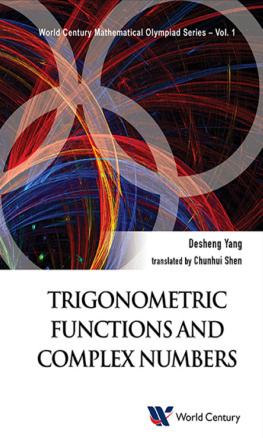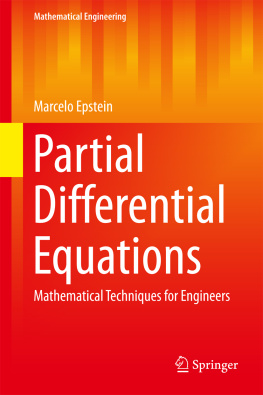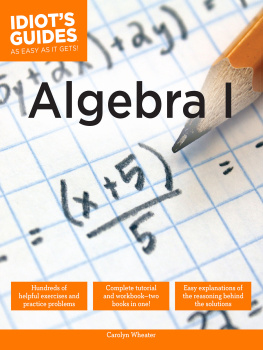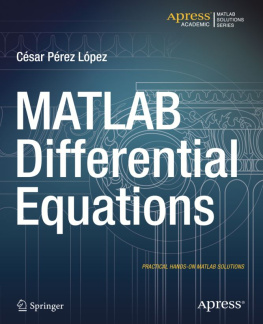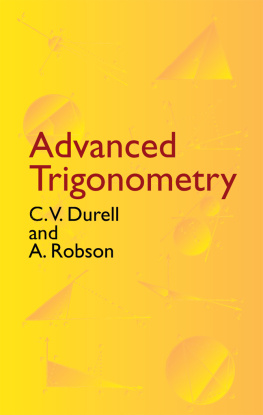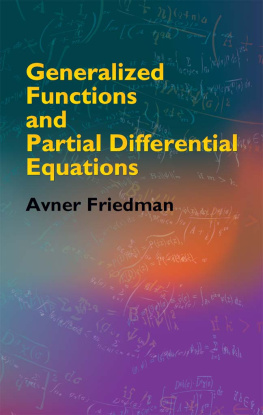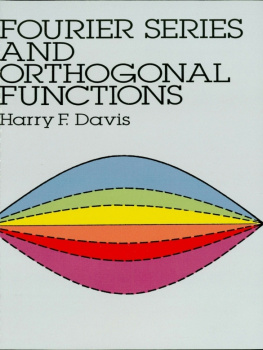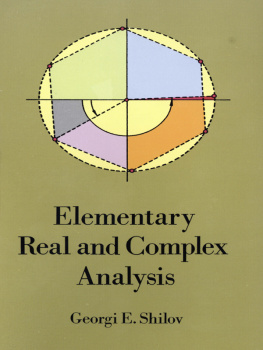Copyright
Butterworth-Heinemann An imprint of Elsevier Science Linacre House, Jordan Hill, Oxford, OX2 8DP 225 Wildwood Avenue, Woburn, MA 01801-2041 First published 2002 Copyright 2002, Huw Fox and Bill Bolton. All rights reserved The right of Huw Fox and Bill Bolton to be identified as the authors of this work has been asserted in accordance with the Copyright, Designs and Patents Act 1988 No part of this publication may be reproduced in any material form (including photocopying or storing in any medium by electronic means and whether or not transiently or incidentally to some other use of this publication) without the written permission of the copyright holder except in accordance with the provisions of the Copyright Licensing Agency Ltd, 90 Tottenham Court Road, London, England W1T 4LP. Applications for the copyright holders written permission to reproduce any part of this publication should be addressed to the publishers
British Library Cataloguing in Publication Data A catalogue record for this book is available from the British Library ISBN 0 7506 5544 5 For information on all Butterworth-Heinemann publications visit our website at www.bh.com Printed and bound in Great Britain
Series Preface
Waves from moving sources Adagio, andante, Allegro Moderato. Oliver Heavyside was one of the greatest engineers of all time, ranking alongside Faraday and Maxwell in his field. As can be seen from the above excerpt from a seminal work, he appreciated the need to communicate to a wider audience. He also offered the advice So be rigorous: that will cover a multitude of sins.
An do not frown. The series of books that this prefaces takes up Heavysides challenge but in a world which is quite different to that being experienced just a century ago. With the vast range of books already available covering many of the topics developed in this series, what is this series offering which is unique? I hope the next few paragraphs help to answer that; certainly no one involved in this project would give up their time to bring these books to fruition if they had not thought that the series is both unique and valuable. The motivation for this series of books was born out of the desire of the UKs Engineering Council to increase the number of incorporated engineers graduating from Higher Education establishments, and the Institution of Incorporated Engineers (IIE) aim to provide enhanced services to those delivering Incorporated Engineering Courses. However, what has emerged from the project should prove of great value to a very wide range of courses within the UK and internationally from Foundation Degrees or Higher Nationals through to first year modules for traditional Chartered degree courses. The reason why these books will appeal to such a wide audience is that they present the core subject areas for engineering studies in a lively, student-centred way, with key theory delivered in real world contexts, and a pedagogical structure that supports independent learning and classroom use.
Despite the apparent waxing of new technologies and the waning of old technologies, engineering is still fundamental to wealth creation. Sitting alongside these are the new business focused, information and communication dominated, technology organisations. Both facets have an equal importance in the health of a nation and the prospects of individuals. In preparing this series of books, we have tried to strike a balance between traditional engineering and developing technology. The philosophy is to provide a series of complementary texts which can be tailored to the actual courses being run allowing the flexibility for course designers to take into account local issues, such as areas of particular staff expertise and interest, while being able to demonstrate the depth and breadth of course material referenced to a common framework. The series is designed to cover material in the core texts which approximately corresponds to the first year of study with module texts focusing on individual topics to second and final year level.
While the general structure of each of the texts is common, the styles are quite different, reflecting best practice in their areas. Another set of factors which we have taken into account in designing this series is the reduction in contact hours between staff and students, the evolving responsibilities of both parties and the way in which advances in technology are changing the way study can be, and is, undertaken. As a result, the lecturers support material which accompanies these texts, is paramount to delivering maximum benefit to the student. It is with these thoughts of Voltaire that I leave the reader to embark on the rigours of study: Work banishes those three great evils: boredom, vice and poverty Alistair Duffy Series Editor De Montfort University, Leicester, UK www.bh.com/iie Other titles currently available in the IIE Textbook Series
| Mechanical Engineering Systems | 0 7506 5213 6 |
| Business Skills for Engineers and Technologies | 0 7506 5211 1 |
| Design Engineering | 0 7506 5211 X |
| Technology of Engineering Materials | 0 7506 5643 3 |
| Systems for Planning and Control |
| in Manufacturing | 0 7506 4977 1 |
Introduction: why mathematics?
Mathematics is an essential tool for the engineer and technologist. As an illustration, consider a number of simple situations:
A beam A uniform horizontal beam rests on supports at each end and loads placed at its mid point. for a discussion of mathematical relationships; when one quantity is dependent on another it is said to be a function of it. for a discussion of mathematical relationships; when one quantity is dependent on another it is said to be a function of it.
We might develop such a relationship by conducting an experiment in which we measure the deflections for a number of loads and so develop an empirical relationship which fits the results. This could involve plotting a graph between the force and deflection and from the shape of the graph determining a relationship. This requires an understanding of graphs and, in particular, straight line graphs. If the graph between two quantities is not a straight line then engineers use tricks to persuade the graph to become straight line because straight line graphs enable relationships to be most easily discerned. for the determination of relationships from graphs by persuading them to become straight line graphs. We might, however, develop the relationship from a consideration of how beams behave when subject to loads and so end up with a more general relationship which we can apply to other beams.
In developing such a relationship we would use algebra, i.e. the quantities such as force and deflection are represented by letters such as F and y, and so we need to be able to manipulate algebraic expressions. In fact, the basic expression for elasticity involves a differential equation, i.e. an equation involving terms concerned with rates of change, and so to derive the relationship for the deflection we need to be able to solve such an equation. and for a discussion of calculus and the solution of differential equations. An oscillation A loaded vertical spring is set in oscillation; what are the factors determining the frequency of the oscillation? We might carry out an experiment involving different loads on a spring, and also try a number of different springs.


